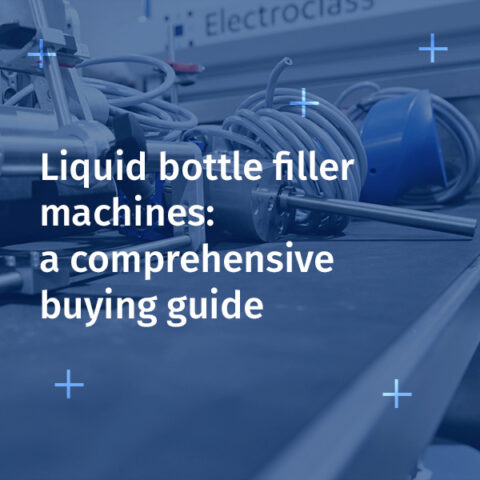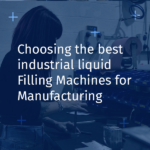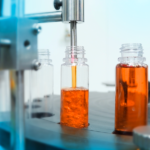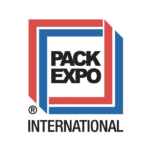Choosing the right liquid bottle filler machine is important for optimizing production and maintaining product quality. Whether you’re in the beverage, cosmetic, or pharmaceutical industry, a suitable filler machine can minimize waste, increase efficiency, and ensure product integrity.
Why selecting the right filler machine is critical for business success
A bottle filler machine is a cornerstone of any production line, affecting both productivity and product quality. An ill-suited machine can lead to production bottlenecks, excessive downtime, and costly errors. Moreover, inaccurate fills can result in product recalls, increased waste, and a negative impact on brand reputation.
- Key Statistic: According to a report by PMMI, dosing errors contribute to an average 10% product loss annually for companies using inadequate filling systems.
Therefore, it’s vital to match the machine to your product type (viscosity, composition, container type) and your production needs to maximize efficiency and control costs.
Key specifications to consider when buying a liquid bottle filler
When evaluating different liquid bottle filler machines, consider the following key specifications:
- Filling Speed and Accuracy
The filling speed should match your production line’s capacity. A slow machine can create bottlenecks, while one that’s too fast for your current setup might lead to filling errors.
- Example: Rotary filling machines can reach speeds of up to 300 bottles per minute, whereas linear filling machines typically range between 50 to 150 bottles per minute.
Accuracy is equally crucial—overfilling or underfilling can result in profit loss and inconsistent product quality. Choose a machine that can maintain precise fills even at high speeds.
2. Machine Size and Production Capacity
The machine’s size is essential, especially for businesses with limited production space. Some compact models integrate easily into existing production lines, while others may require significant space and layout adjustments.
- Production Capacity: Evaluate how many bottles per hour the machine can handle and compare it with your current and future production needs. A machine that accommodates future growth is a strategic asset.
Types of liquid bottle filler machines
There are various types of filler machines, each designed to meet specific needs based on the type of product, liquid viscosity, and production rate.
1. Gravity and Pressure Fillers
- Gravity Fillers: These use gravity to let the liquid flow into containers, ideal for low-viscosity products like water, juice, or solvents.
- Pressure Fillers: Utilize additional pressure to push liquids into containers, suitable for denser products such as creams, sauces, or particulate-heavy liquids.
2. Volumetric Fillers
Volumetric fillers work by dispensing a precise volume of liquid in each cycle, making them ideal for varied products—whether fluid, semi-viscous, or thick. They offer high accuracy but may require frequent adjustments for different volumes.
3. Piston Fillers
Piston fillers use a piston to draw and dispense product into the container, making them perfect for highly viscous products such as gels, creams, and thick sauces. Their advantage lies in maintaining high precision even with dense products.
4. Peristaltic Pump Fillers
Peristaltic pump fillers use flexible tubing to transfer product without contacting mechanical parts, making them ideal for sensitive products like cosmetics, pharmaceuticals, or sterile solutions.
Budget considerations: balancing initial costs with long-term benefits
The initial cost of a liquid bottle filler machine can vary greatly depending on technology, materials, and automation level. It’s important to consider the Total Cost of Ownership (TCO), which includes:
-
Equipment Cost
-
Maintenance Expenses
-
Operator Training
-
Energy Consumption
-
Spare Parts Availability
Statistic: On average, a business can expect to recoup the investment in a filling machine within 1 to 2 years due to increased productivity and reduced fill errors.
Installation and maintenance tips: ensuring smooth integration into production lines
To ensure optimal performance, follow these best practices for installation and maintenance:
-
Analyze Production Space: Ensure sufficient space for the machine and plan for possible line reconfiguration if needed.
-
Operator Training: Train your staff thoroughly to prevent downtime caused by misuse or maintenance errors.
-
Preventive Maintenance Schedule: Establish a routine to check for wear parts like seals, filling nozzles, and pumping systems to prevent unexpected downtime.
Conclusion: final tips for making the best purchase decision







